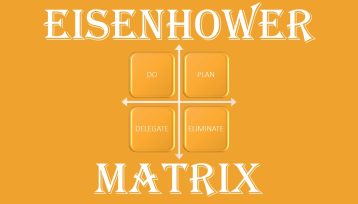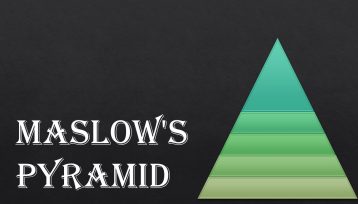The process of developing a strategy begins with the selection of a general competitive advantage (in terms of cost or the advantage of market power based on the uniqueness of the product), with which the company will achieve its strategic goals. Based on certain advantages, a generic strategy is chosen.
The concept was described by Michael Porter in 1980. And today I will share the information about these strategies, their pros, and cons and give examples from the power semiconductor industry.
Types of generic strategies
- Cost Leadership Strategy
- Differentiation Strategy
- Focus Strategy
Cost Leadership Strategy
The strategy is based on labor productivity and implies careful monitoring of fixed costs, investment in production, careful development of new products, low marketing, and advertising costs.
The basis of the strategy is lower costs and the sale price of the goods compared to competitors.
If we talk about the market for power semiconductor devices, many Asian manufacturers adhere to this strategy, paying high attention to the production and automation of labor. These companies enter the market with a low cost of production instead of active marketing promotion.
Often, such companies in the early years of their development act as subcontractors for larger and well-known players in the power electronics market.

Strategy Benefits
- The company can withstand direct competitors even in the event of a price war and make a profit at prices that are minimally acceptable to competitors
- Strong customers cannot achieve price reductions below the level acceptable for the strongest competitor
- Low costs protect strong suppliers, as to give the company greater flexibility in case of rising prices for raw materials
- Low costs create an entry barrier for new competitors.
Strategy Disadvantages
- Technological changes may depreciate previous experience and investments, which are the basis of cost leadership
- Excessive attention to costs deprives the company of the ability to make timely changes in working methods
- Companies that have re-entered the market may have more advanced technologies.
Differentiation Strategy
The purpose of this generic strategy is to give the goods distinctive properties that are important to the customers and which distinguish the company from competitors.
Differentiation can take various forms (brand image, technological excellence, appearance, after-sales service), and involves a clear organization of production and marketing.
The leaders of the Japanese and European semiconductor industry stick to this strategy. Over the years, they have shaped the image of companies with advanced technologies, invested and continue to invest tremendously in the marketing of their products – from the appearance and packaging of goods to the unique characteristics of the manufactured power semiconductors. These companies include Infineon, ABB Semiconductors (now part of Hitachi), Mitsubishi Electric, and some other well-known brands.

Strategy Benefits
- Differentiation enhances brand loyalty, reduces the degree of product interchangeability, reduces price sensitivity and increases profitability
- Customer loyalty makes it difficult for new competitors to enter the market and lessens customer pressure on the company
- Increased profitability increases the company’s resilience to the possible actions of a strong supplier
- Distinctive features of the company protect the company from competitors providing such services.
Strategy Disadvantages
- The price gap compared to cost-dominant competitors becomes so large that it is not possible to maintain brand loyalty
- The role of the differentiation factor decreases as the product becomes more familiar.
Focus Strategy
This generic strategy involves concentrating the company’s efforts on the needs of one segment without striving to cover the entire market.
The goal is to meet the needs of the selected target segment better than competitors.
This strategy is mainly relevant for small companies with a narrow product offer, for example, for companies that produce 1-2 lines of power semiconductor devices, or that work only with a specific industry. Such industries may be the fast-growing market for electric vehicles and charging stations, or the uninterruptible power supplies (UPS) market due to the transition to 5G standards, the development of the cloud, mobile and Internet technologies, which entail the emergence of an increasing number of data centers, as well as medical or military sector.
Also, a similar generic strategy is currently used by the companies that focus all their attention on wide-bandgap semiconductors such as SiC and GaN. These include companies like Wolfspeed, United Silicon Carbide, GaN Systems, and others.

Strategy Benefits
- Can be based both on cost leadership and differentiation, or both at the same time
- It allows you to achieve a high market share in the target segment. But it always leads to a small market share in general.
Strategy Disadvantages
- A large price gap concerning non-specialized products of competitors
- Reducing differences in product requirements from the target segment and the market as a whole
- Entrance of competitors to even narrower sub-segments of the target market for the company.
Find more strategic marketing information in the Marketing Strategy section.





